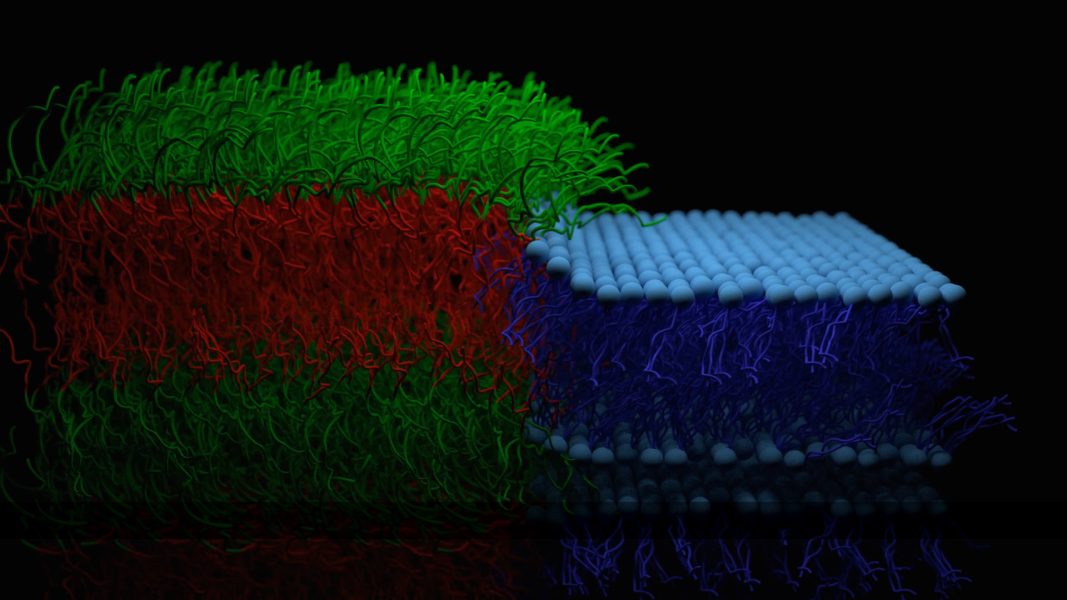Medical devices need to be non-toxic and harmless to enable use in the human body. This can be achieved by using biocompatible, functional coatings. Hybrid lipid–polymer films may become instrumental in the development of such medical devices where a dynamic response to specific stimuli is required.
In their feature article in Advanced Functional Materials, Professor Cecilia Leal from the University of Illinois, along with her co-workers, summarize the current understanding of lipid-based films for biomedical applications and provide new insight into multilayered hybrid lipid–polymer films for substrate-mediated drug delivery.
Leal states, “With the development of new bioelectronic devices there is a need to think about new coatings. In this work, we describe a new system where we combine polymers and lipids. The combination of the two gives rise to interesting properties—structural and dynamic. In particular, we find that the lipids and polymers self-assemble into a hybrid membrane, where polymer-rich and lipid-rich domains stack across multiple layers.”
Atomic force microscopy topography images and contact resonance frequency images of a drug-loaded hybrid lipid–polymer system show the phase-separated polymer-rich and lipid-rich domains.
“We also see the dynamics of the lipid domains are heavily influenced by the presence of polymers, and when we load these films with a drug, we also found that there is a preferential location of the drug at the domain boundaries, and that leads to synergistic permeability, so a dramatic enhancement in permeability of the drug, compared to pure systems.”
Photothermal-induced resonance maps support the idea that the drug concentration is higher along the domain boundaries. Lipid-based biomedical devices have the potential to be highly dynamic materials that can respond to specific environmental conditions.
To find out more about these hybrid lipid–polymer films for biomedical applications, please visit the Advanced Functional Materials homepage.

















